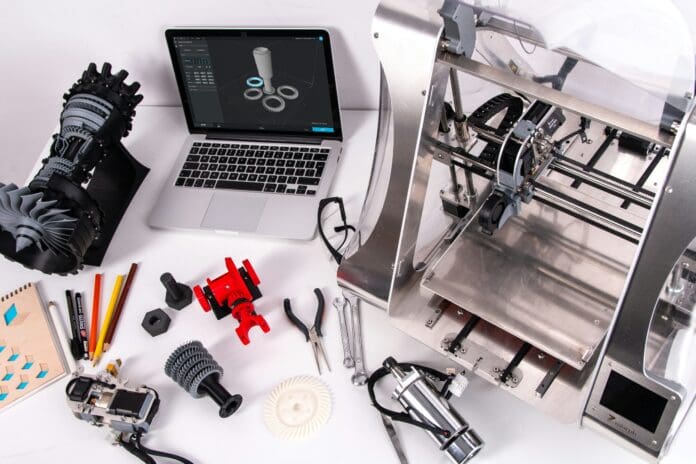This post is also available in:
 עברית (Hebrew)
עברית (Hebrew)
A new open-source software package is opening up advanced multi-material 3D printing to a wider range of users. Developed by researchers at the University of Colorado Boulder, the tool—called OpenVCAD—makes it easier to design and manufacture complex objects that combine multiple materials, including structures with smooth material transitions.
Conventional computer-aided design (CAD) tools typically treat an object as a solid unit defined by its outer surface, assuming the interior is made of a single material. This makes it difficult to model parts with varying internal compositions, such as components that blend soft and rigid materials to achieve specific mechanical behavior.
OpenVCAD takes a fundamentally different approach. The system uses function-based design rather than surface-based sketches. That means engineers and designers can define not only the shape of a 3D object, but also how different materials are distributed throughout its volume. Material gradients—such as those found in shoe soles, medical training models, or soft robotics—can now be represented in code and adjusted with simple changes to parameters.
The software supports up to five materials simultaneously, and was tested across a range of 3D printers, including those used for research in soft materials and structural composites. According to TechXplore, it can also be integrated with simulation workflows, allowing for digital testing of physical properties before fabrication.
Beyond research labs, OpenVCAD could be used in applications such as medical planning, robotics, or protective gear, where fine control over material properties is critical. For example, lattice structures for impact absorption or soft actuators with directional flexibility are now easier to design and prototype.
Because it’s open-source and easily accessible, OpenVCAD lowers the barrier to entry for engineers who want to experiment with multi-material designs but lack access to expensive proprietary tools. The software is freely available online, with a Python implementation that any user can easily input their repository into and work with just a single line of code, to help new users get started.
As multi-material 3D printing continues to grow in relevance across sectors, OpenVCAD offers a practical, flexible solution for design teams seeking more control and efficiency in their work.
The research was published in the Additive Manufacturing Journal.


























